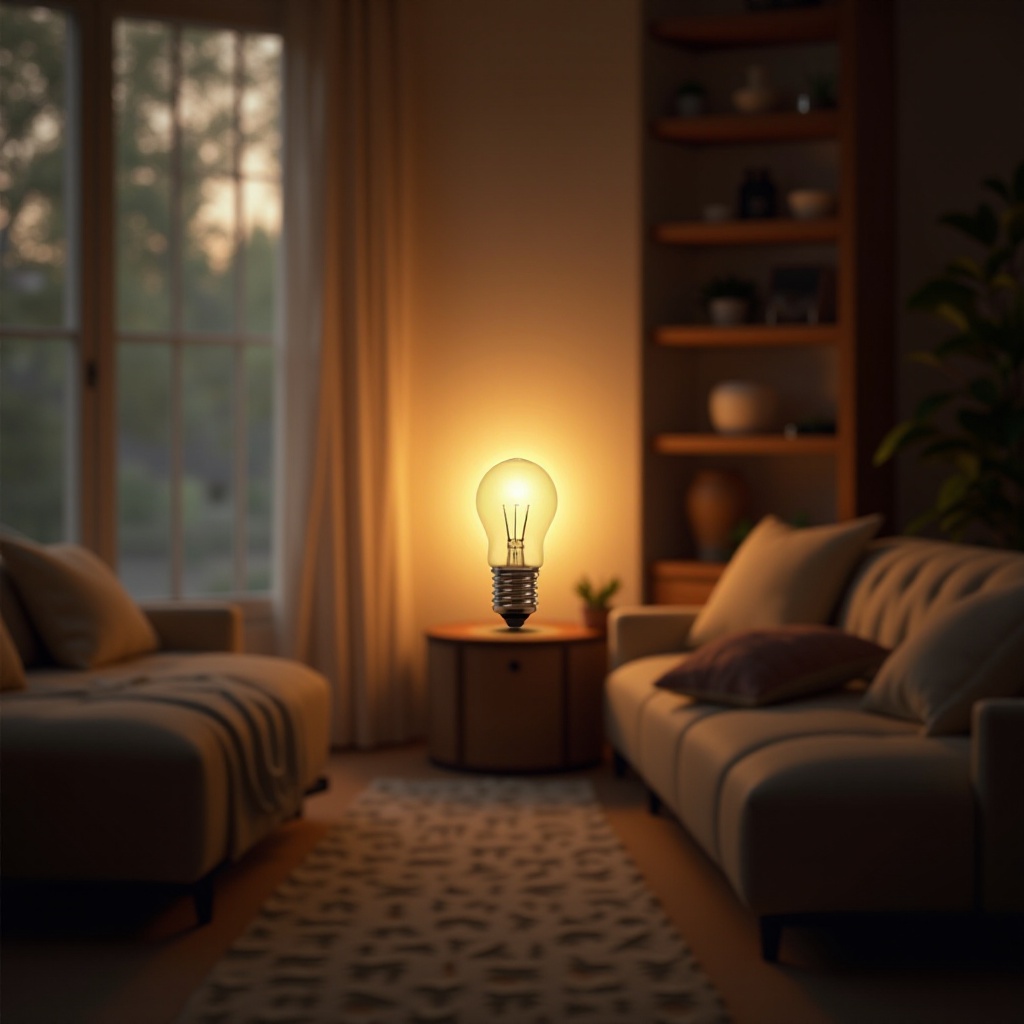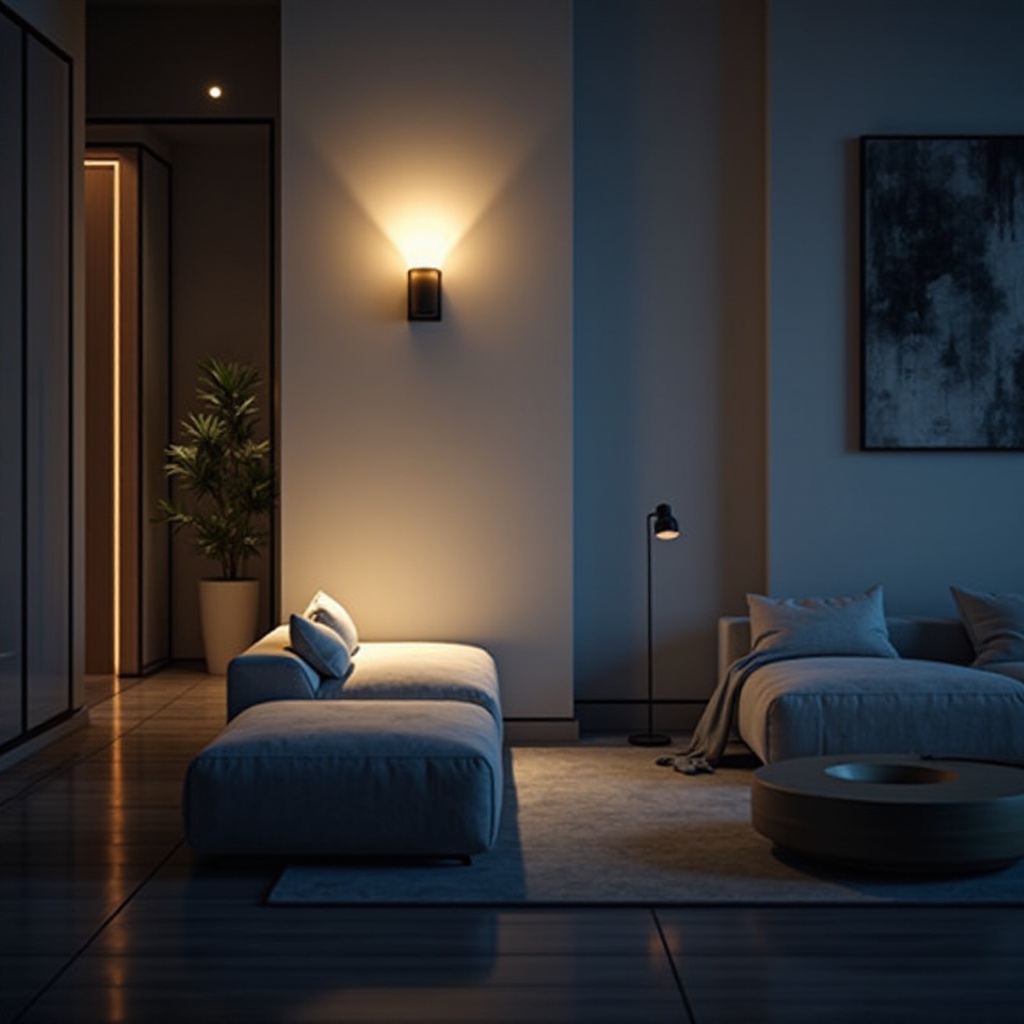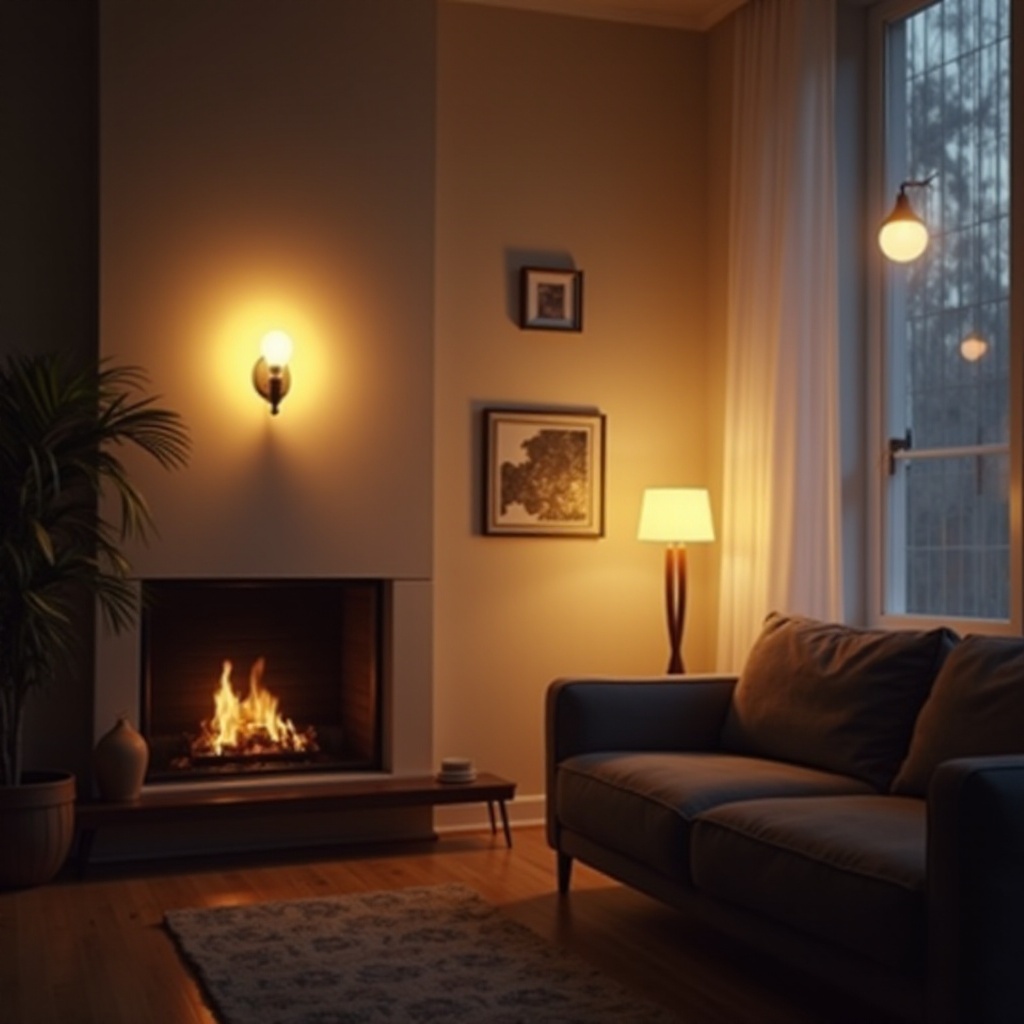Introduction
LED light bulbs have become a staple in modern households, celebrated for their energy efficiency and remarkable longevity. As smart homes continue to gain popularity, grasping how LED bulbs function is essential for maximizing their benefits. This blog delves into the concept of heat generation by LED bulbs and explores why they are ideal for smart homes. Stay with us as we unravel their internal workings, heat output, and advantages in comparison with traditional lighting options. By the end of this article, you will understand how LED bulbs manage heat, dispel common myths about their heat emission, and make informed decisions in choosing the right LED bulbs for your needs.

How LED Light Bulbs Work
The revolution brought about by LED, or Light Emitting Diode, technology has transformed traditional lighting paradigms. Unlike incandescent bulbs, which rely on heating a filament to produce light, LEDs illuminate through a process called electroluminescence. When electricity passes through semiconductor materials within the LED, photons are emitted, resulting in light with minimal energy loss as heat. This efficient process makes LEDs cooler and more energy-efficient than their incandescent counterparts.
To enhance performance, LED bulbs incorporate various components, including heat sinks typically made of aluminum, designed to dissipate any excess heat. This integration ensures that the bulbs remain cool to the touch, prolonging their lifespan. LEDs come with a spectrum of design and application possibilities, from adjustable settings to an array of colors, making them a favored choice for contemporary lighting solutions, especially in smart homes focused on energy conservation.
Do LED Light Bulbs Get Hot?
LED bulbs do generate some heat, but their heat output is largely lower compared to traditional lighting counterparts. The majority of energy consumed by an LED bulb is transformed into light rather than heat, contributing to their efficiency and safety. If you touch an LED bulb during operation, you may feel it is warmer than the surrounding environment, yet not hot enough to cause burns or risks of fire.
This minimal heat generation enhances the safety and flexibility of LED lighting, making them suitable for various environments, including those with heat-sensitive materials. Their reduced heat output lessens the need for air conditioning systems, leading to lower energy bills. The cooler operation, alongside durability, renders LEDs a dependable choice for diverse lighting requirements, effectively integrating with smart home ecosystems.

Comparing Heat Levels: LED vs. Traditional Bulbs
The comparison of heat levels between LED bulbs and traditional bulbs highlights significant differences. Incandescent bulbs convert an overwhelming 90% of their consumed energy into heat, resulting in inefficiency and increased temperatures. Extended contact with an incandescent bulb can lead to burns. Similarly, compact fluorescent lamps (CFLs) emit more heat than LEDs, albeit less than incandescent ones.
Conversely, LED bulbs are engineered to maintain a cool temperature. Their energy-efficient mechanism ensures most energy is transferred into light, reducing both surface temperature and energy consumption. Owing to reduced thermal stress, LEDs exhibit longer lifespans than traditional bulbs, reinforcing their status as a cooler, economical lighting option.
Why LED Bulbs Are Ideal for Smart Homes
In smart homes, where energy efficiency and cutting-edge technology take precedence, LED bulbs serve as a perfect fit. Their seamless integration with smart home systems offers adaptable features such as dimming and color adjustments, which significantly enhance the smart home experience through customized lighting atmospheres.
Moreover, LED bulbs substantially contribute to energy savings. Their minimal heat emission places less demand on HVAC systems, thus decreasing utility expenses. The extended lifespan of LEDs reduces the frequency of replacements, aligning well with sustainable practices synonymous with smart homes. Ultimately, LEDs provide both practical and aesthetic advantages, making them an excellent choice for technologically progressive living spaces.
Managing Heat in LED Bulbs
Effectively managing heat in LED bulbs is vital to sustain their efficiency and performance. Despite their lower heat generation, optimal maintenance ensures their longevity. Important strategies for effective heat management include utilizing quality heat sinks and allowing ample airflow around the lighting fixture. These elements assist in dispersing residual heat, preserving LED functionality.
Selecting the right fixture is equally important. Fixtures that promote heat dissipation avert potential overheating. Ensuring bulbs are not dimmed below manufacturer recommendations also prevents excessive heat accumulation. Adhering to these guidelines allows for the enjoyment of LED lighting benefits without compromising performance.
Myths and Facts About LED Bulbs’ Heat Output
Common misconceptions prevail about LED bulbs, particularly regarding their heat emission. One pervasive myth is that LEDs produce no heat whatsoever. In reality, they generate minimal heat compared to traditional bulbs. Another is the belief that LEDs can easily overheat, whereas high-quality LEDs are equipped with heat management components to preempt excessive heating.
A further myth concerns the suitability of LEDs for enclosed fixtures, suggesting potential risks of heat buildup. However, well-designed LEDs can be safely used across various fixture types. Understanding these facts dispels myths, charting a path towards the genuine efficiency and safety of LED lighting.

Tips for Choosing LED Bulbs for Your Smart Home
Selecting suitable LED bulbs for your smart home enhances efficiency and ambiance. Consider these tips:
- Check Compatibility: Confirm that the bulbs are compatible with your smart home system.
- Focus on Lumens: Pick the desired brightness level appropriate for your space.
- Consider Color Temperature: Choose a color temperature that complements your home’s atmosphere.
- Look for Quality Brands: Opt for trusted brands to ensure reduced heat emission and high efficiency.
- Choose Dimmable Options: Flexibility in adjusting light levels adds versatility to your smart home.
These considerations will help you select LEDs that align with your home’s needs.
Conclusion
LED light bulbs offer a cool, efficient lighting option well-suited for modern smart homes. With their low heat emission, energy efficiency, and compatibility with smart systems, they stand out in contrast to traditional bulbs. This guide, in exploring their operation to busting myths about their heat emission, equips you with insights to enhance your home’s energy efficiency and atmosphere. Investing in the right LEDs becomes a wise choice, boosting comfort and savings, making it a smart decision for any homeowner.
Frequently Asked Questions
How do LED bulbs manage heat compared to other lighting options?
LED bulbs operate with minimal heat emission. They use heat sinks and efficient design to manage and dissipate heat, unlike incandescent bulbs that convert most energy to heat.
Can using LED bulbs reduce energy costs in a smart home?
Yes, LEDs are energy-efficient, converting most energy to light rather than heat. This lowers electricity bills and reduces HVAC strain, resulting in further cost savings in smart homes.
Are there specific LED bulb brands known for low heat emission?
Many reputable brands offer low-heat emission LEDs, such as Philips, Cree, and GE. Choosing trusted brands ensures quality and efficiency in your smart home lighting.


